The Museum's collection features a safety bicycle designed and built by Melbourne manufacturer Arthur Sutherland for his wife, Marion.
Safety bicycles were faster, safer and more comfortable than earlier models and made cycling more accessible to women from the 1890s. This bike also featured on a stamp issued by Australia Post in 2015.
Sutherland's Cycle Depot
Marion and Arthur Sutherland manufactured and sold quality bicycles at their shop at Armadale, opposite the Toorak railway station, in Melbourne. Marion's step-through ladies' frame was one of Arthur's designs, and was possibly a wedding gift. It could be ridden comfortably in a long skirt, or the more daring attire of knickerbockers or a divided skirt.
Marion used her bicycle to deliver the shop takings to the bank, run errands and for leisure. Bicycles were often stolen and so Marion's machine features a front-wheel steering lock that, when engaged, prevents the handlebars from turning, making it unrideable until unlocked with a key.
![A ladies' bicycle with a black painted metal frame, featuring a painted gold design on the front stem which reads 'The / SUTHERLAND / CYCLE / & MOTOR / WORKS / OPPOSITE / TOORAK STATION / MELBO[UR]NE. It has an oil lamp and a bell attached to the front handle bars and a tool/repair kit attached under the back of the seat. It has wooden mudguards, a steering lock for the front wheel, a front stirrup brake, a rear hand brake and a leather saddle (seat) made by 'BROOKS'. A skip tooth chain wheel and pins hold the bottom bracket cups in position. - click to view larger image](https://www.nma.gov.au/__data/assets/image/0010/587422/MA46544242-sutherland-bicycle-1200w.jpg)
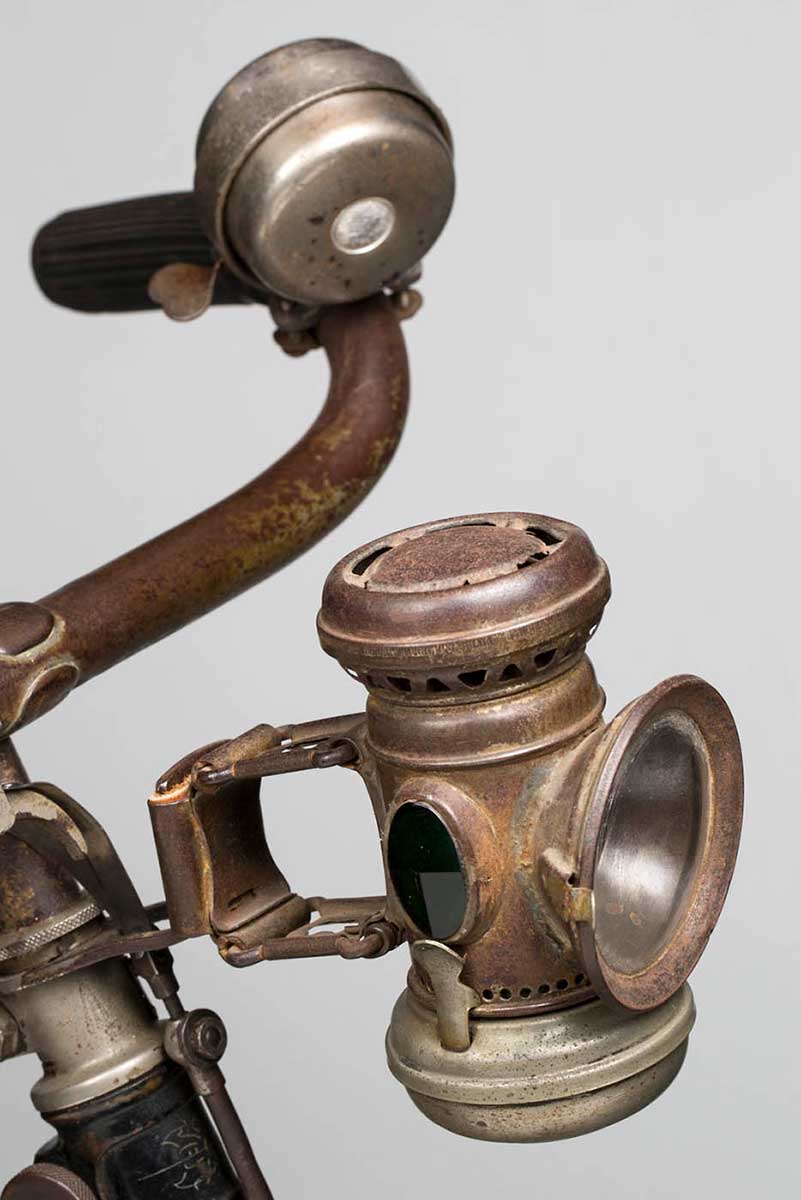
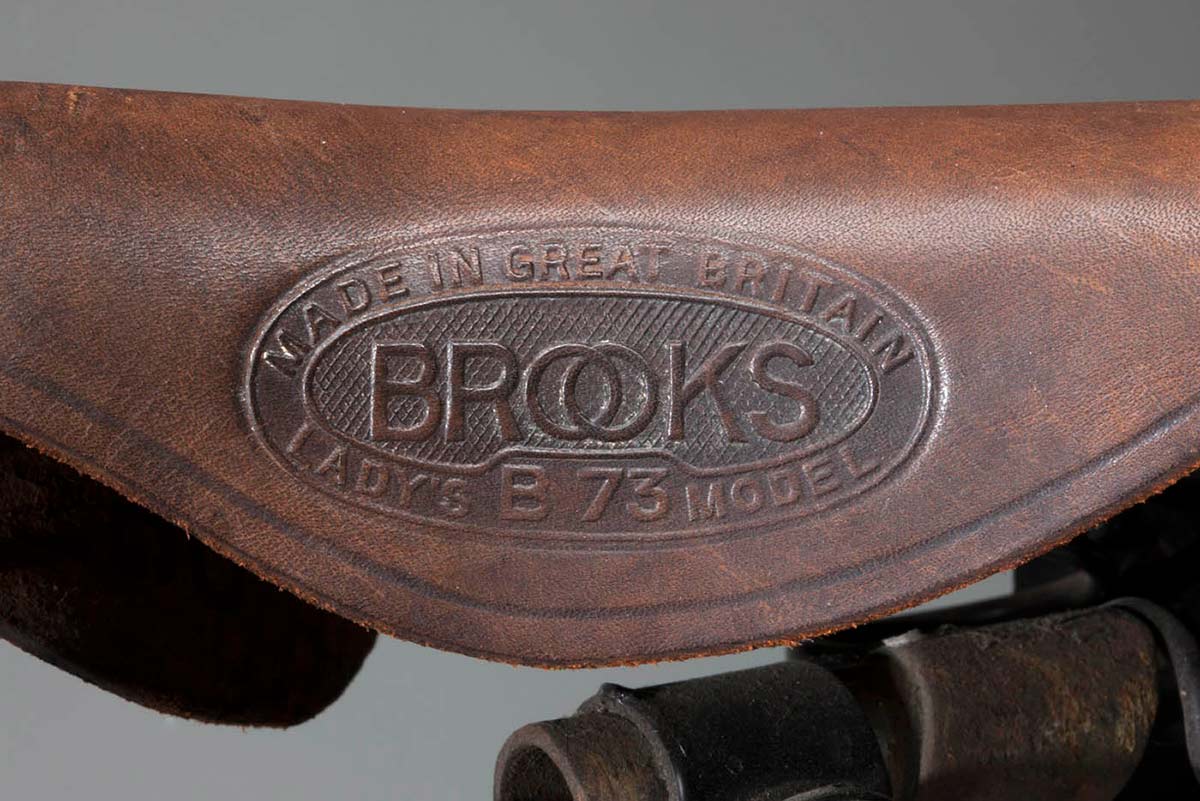
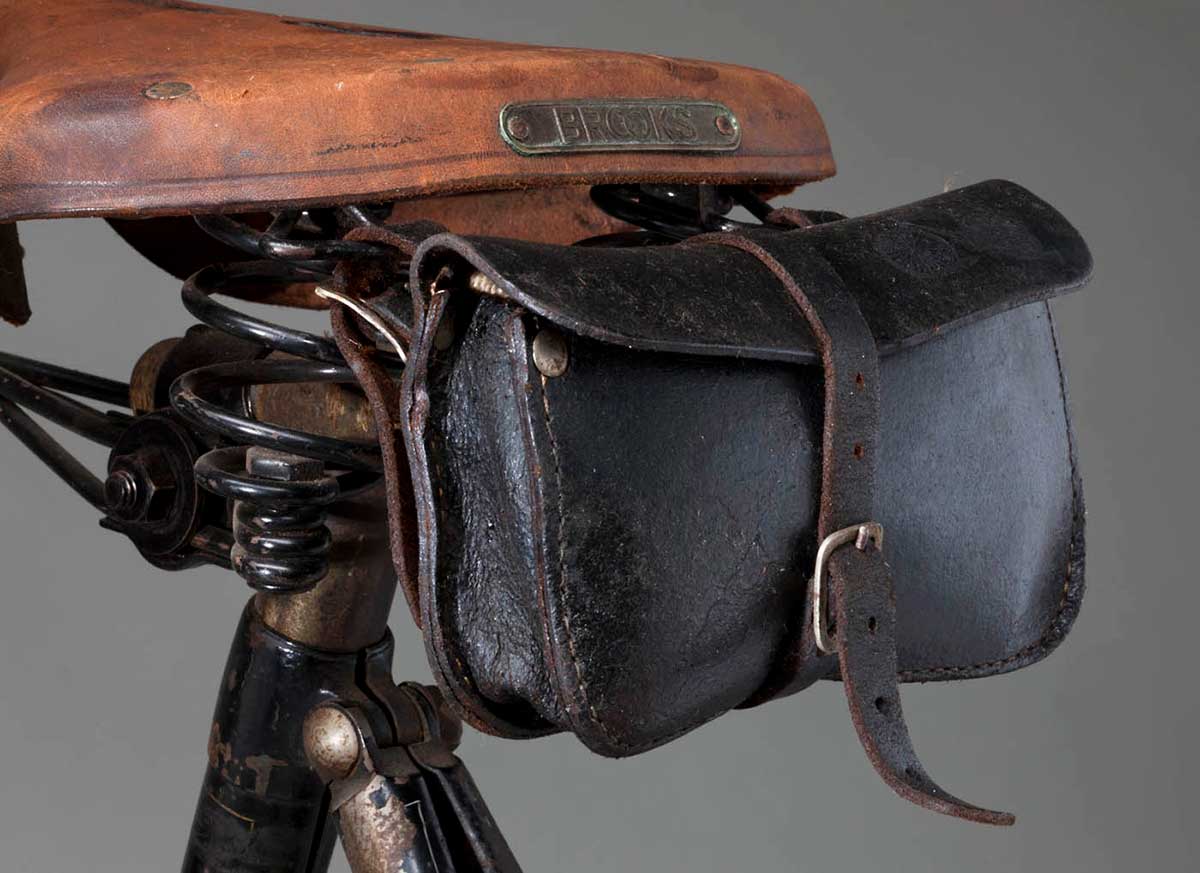
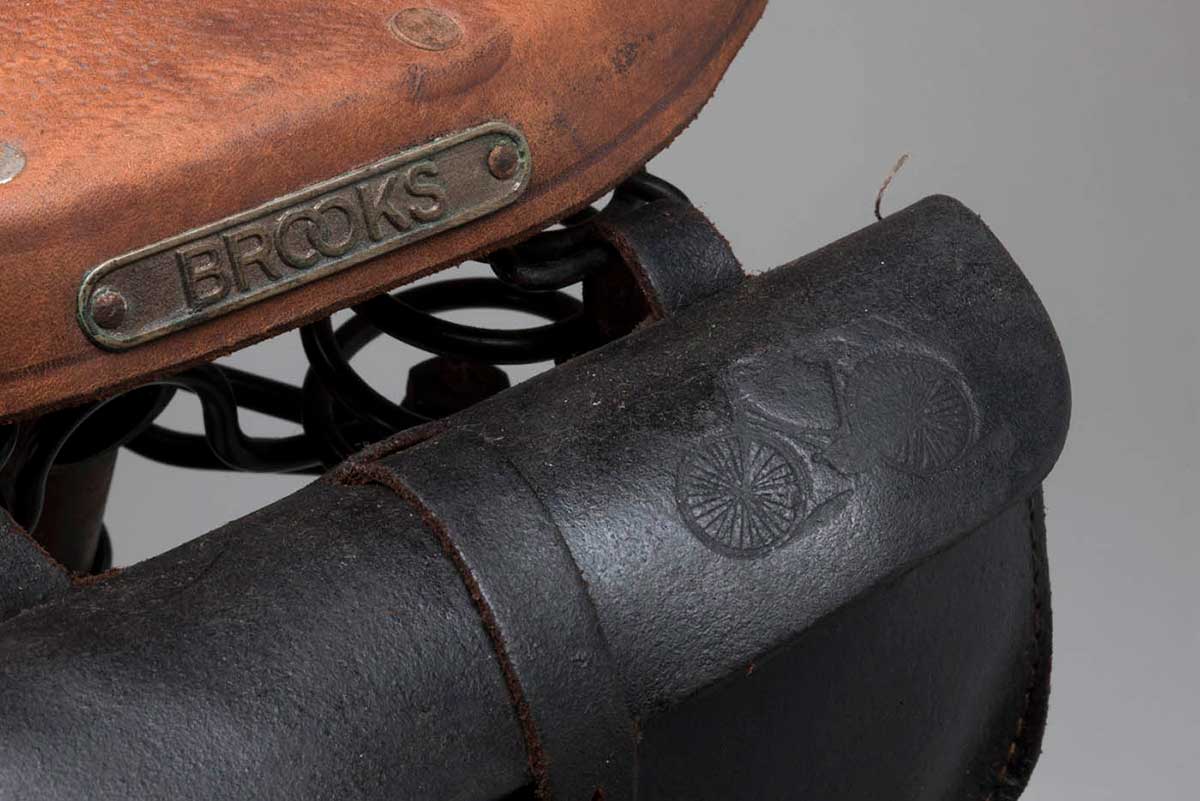
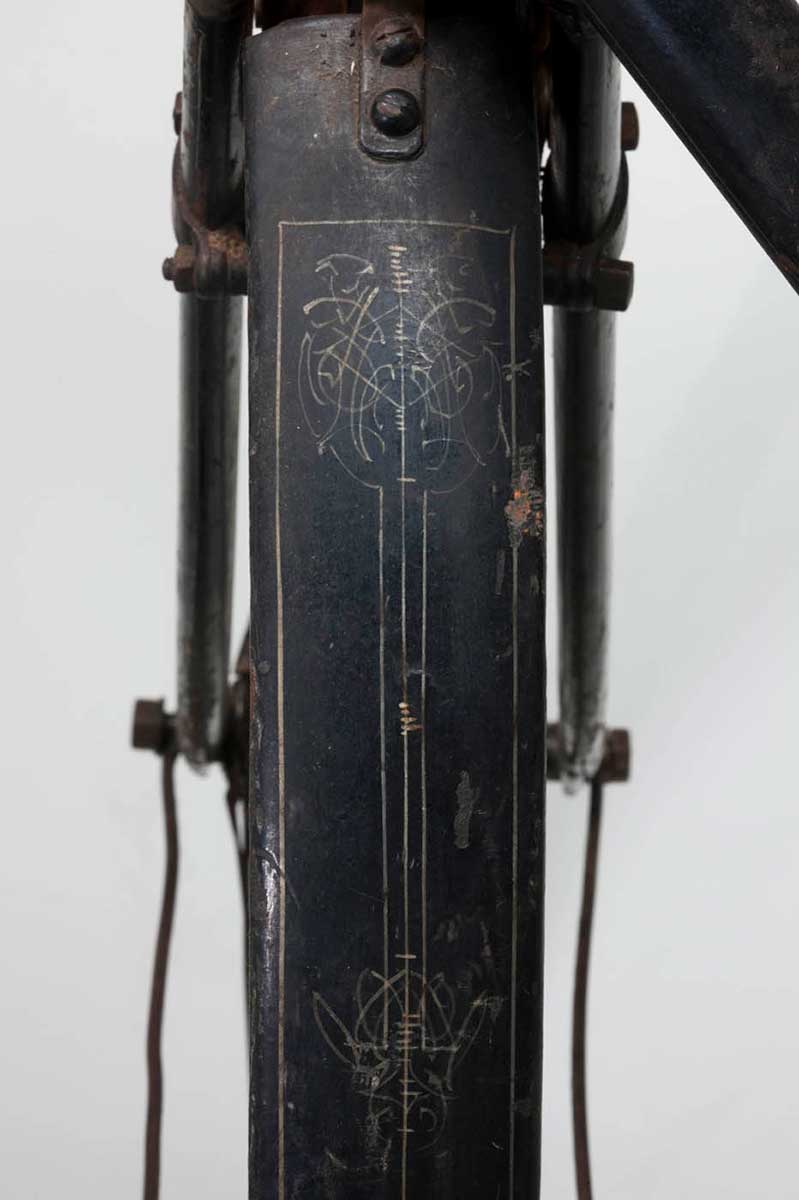
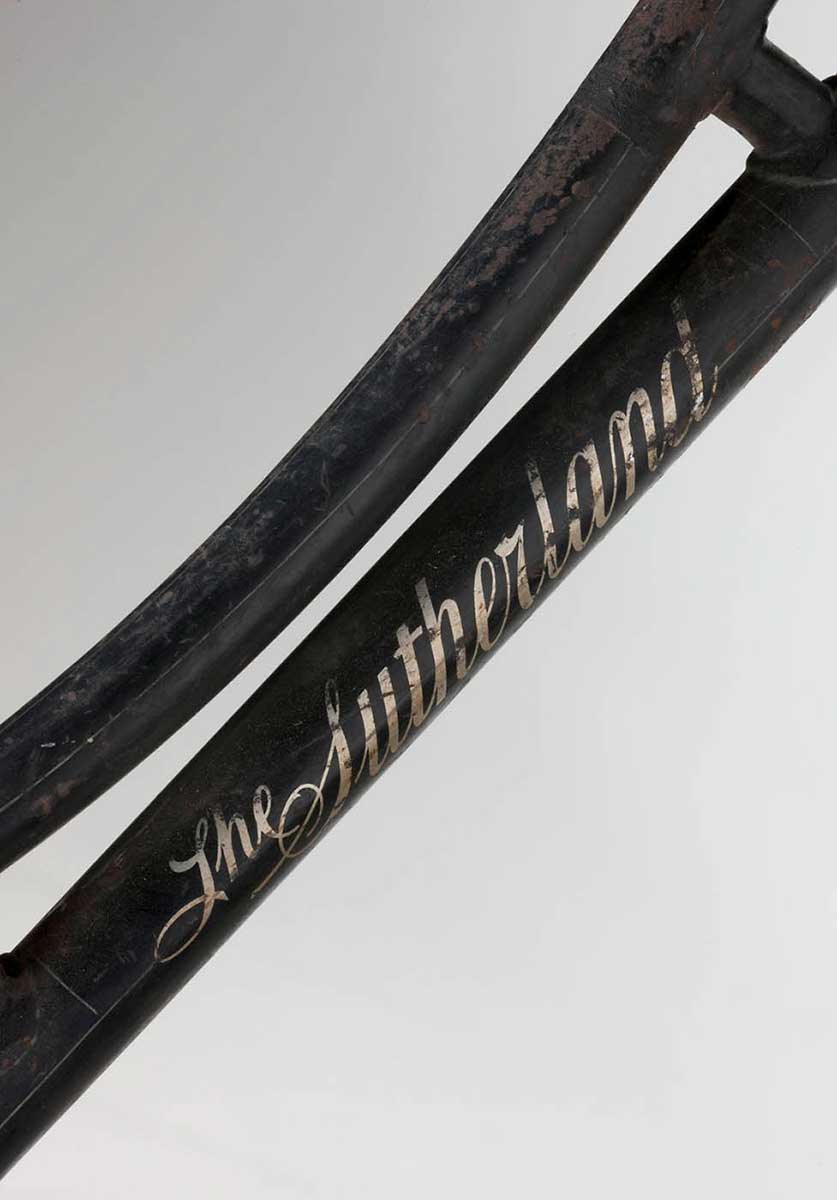
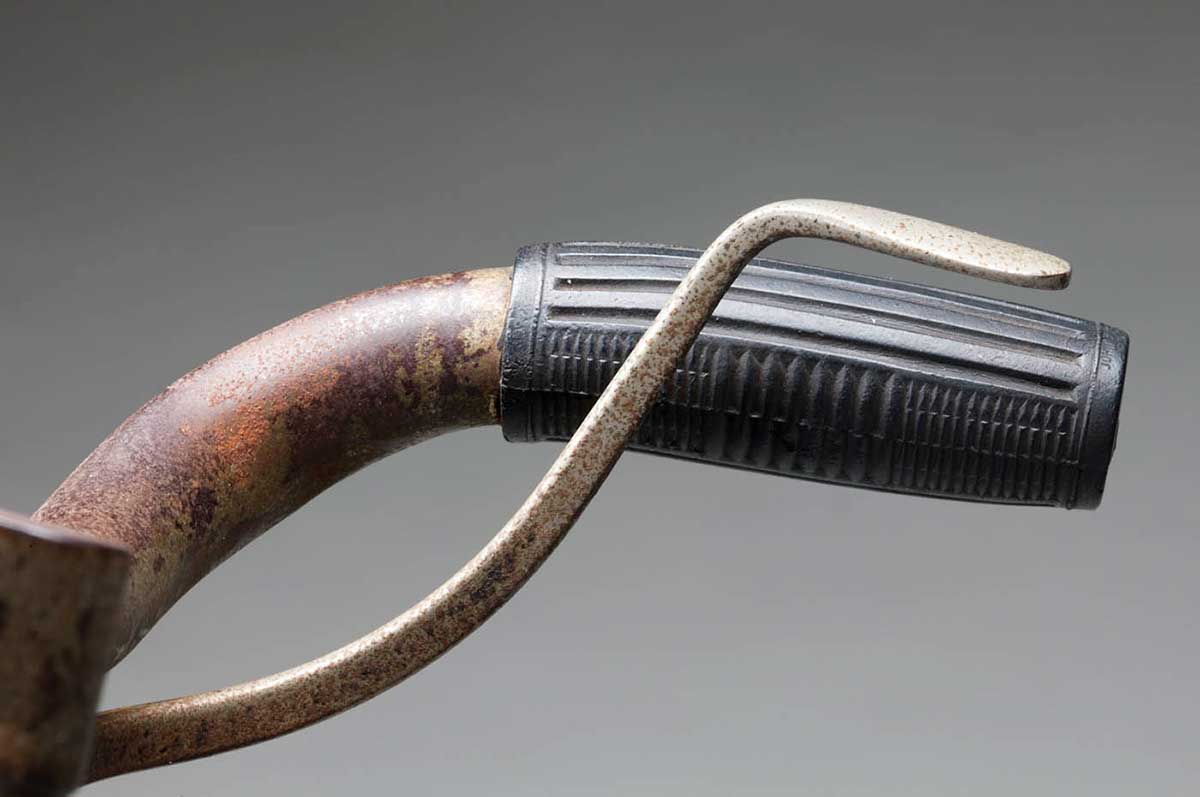
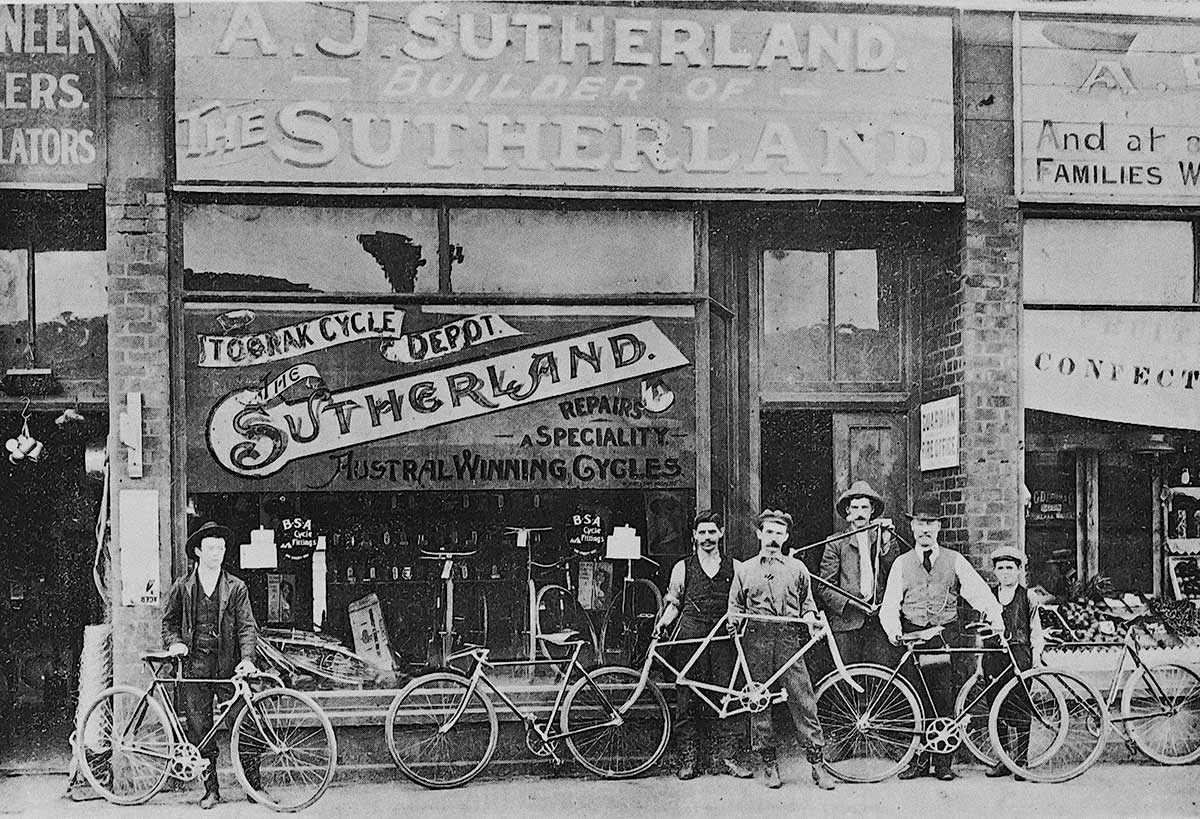
Cycling craze
Sutherland's Toorak Cycle Depot was established at the height of the 1890s cycling craze. The craze was fuelled by the arrival and availability of the 'safety' bicycle.
This machine was faster, safer and more comfortable than the earlier penny-farthing bikes.
The safety bike featured a relatively lightweight, durable, diamond-shaped frame, with a single, fixed gear and no brakes (riders slowed by resisting the forward motion of the pedals).
The machine was chain-driven, enabling the rider to sit between the wheels, rather than perch on top of the drive wheel. Being closer to the ground, riders could balance their feet on the road when they stopped.

Personal transportation
The bicycle was Australia’s most popular form of personal transportation in the early 20th century.
Concerns raised in earlier decades about the alarming effects of cycling on road safety and women’s bodies had subsided.
Thousands of people now used bicycles to travel to work, for weekend recreation and to race each other in bicycle clubs in every state.
Strong competition and large-scale production (Melbourne alone had over 150 businesses) saw the cost of bicycles fall rapidly.
Well-known brands made in Melbourne included Malvern Star, Repco, Loveland and Healing.
Cycling had emerged as one of the most economical, practical, efficient forms of transport.
Now a viable option for the working class, the bicycle also began to realise its much-vaunted potential as a truly democratic vehicle, serving equally well the postman, the rural worker, the doctor, or the society gadabout.
Changing demand
Bicycling remained a significant mode of transport for the first half of the 20th century. Yet the age of the motorcycle and the automobile began to diminish its place as a major mode of transport.
Many cycle makers, including Arthur Sutherland, also manufactured motorcycles to cater to the changing demand, especially after the First World War. Sutherland's son took over the Armadale store in 1946, and continued as manager until the business closed in 1979.
In our collection
![A ladies' bicycle with a black painted metal frame, featuring a painted gold design on the front stem which reads 'The / SUTHERLAND / CYCLE / & MOTOR / WORKS / OPPOSITE / TOORAK STATION / MELBO[UR]NE. It has an oil lamp and a bell attached to the front handle bars and a tool/repair kit attached under the back of the seat. It has wooden mudguards, a steering lock for the front wheel, a front stirrup brake, a rear hand brake and a leather saddle (seat) made by 'BROOKS'. A skip tooth chain wheel and pins hold the bottom bracket cups in position.](https://www.nma.gov.au/__data/assets/image/0007/565738/MA46544405-sutherland-bicycle-1200w.jpg)